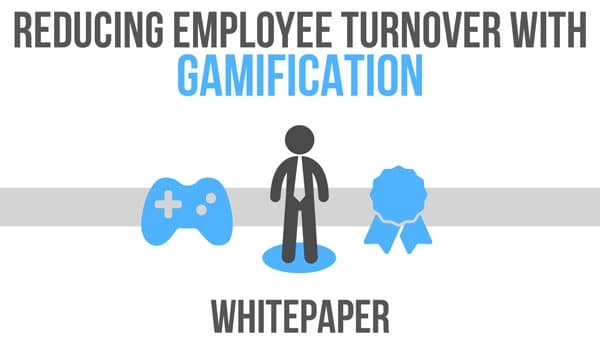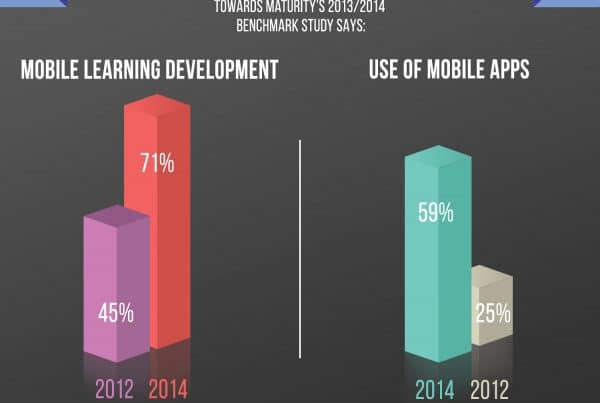When companies need to keep their staffs up-to-date and technically proficient, they've historically had plenty of options. Some simply assigned workers to more experienced personnel and hoped that they absorbed some of their talents, while others organized classes that explored particular tasks or processes in-depth. Unfortunately, the changing workplace necessitates solutions that are more detailed and sophisticated. That's why eLearning software development is more important than ever. Here are some of the changes that facilities and offices have gone through in the past few decades that make digital training essential.
Safety concerns
There weren't nearly as many laws or regulations that applied to workplaces as recently as the 1960s. Quite a bit changed with the creation of the Occupational Safety and Health Administration, which implemented rules that employers need to follow. What's more, the older that OSHA becomes, the more guidelines are added to its directives.
The impact this has on workplaces is twofold. First, enterprises are more aware than ever before that certain things their staffs handle are very dangerous. Machines and tools can harm workers, but chemicals and substances that only have long-term effects might not be so obviously harmful. OSHA works with employers to make them aware of the procedures that should be followed. Secondly, many OSHA recommendations are written into the law and can cause steep fines to be levied on companies. This danger makes it even more important for thorough training, such as custom software development and simulation offered to employees.
Diverse staffs
In the recent past, it was expected that workers would be able to get along. The United States has a rich history of immigration and diversity, but there was a level of homogeneity that took hold during the middle of the 20th century that made training and employee development easier.
Today's workforce is much more diverse, thanks in part to changing international regulations and a resumption of immigration from different parts of the world. However, this varied pool of workers isn't just due to nationality or language. Workers are also becoming separated by their ages. A person who is 50 years old is going to have a certain level of experience that is valuable for most companies, but her knowledge of software may not be as complete as someone who is as young as 20. Consequently, the age differences of workers compounds the issue.
Thankfully, eLearning development can alleviate the difficulties that this phenomena places on training. Businesses can use custom training software to ensure their employees are learning the best way possible, whether they're being instructed in groups of similar workers, in heterogeneous classes or even individually.
Complicated tasks
Another effect of increases in software capabilities is the level of detail that has affected many different jobs. For instance, machines that were once operated entirely in a manual fashion now require computer controls and quite a bit of automation. This means training needs to be even more rigorous and detailed, which is something that eLearning is excellent at doing.
Corporate structures
Companies aren't nearly so limited as they once were. A plant in the past might have exclusively hired people from a certain area and never had any need to transfer workers to another branch. However, increasing corporate consolidation makes it very likely that a worker has the opportunity to move throughout a company, from one department to another and among separate regions. This causes employees to be retrained frequently in different specialties, which necessitates the use of eLearning development.
Contact Christy Beiermann at cbeiermann@csesoftware.com or 1.309.263.7595 and ask for an eLearning demo today!



